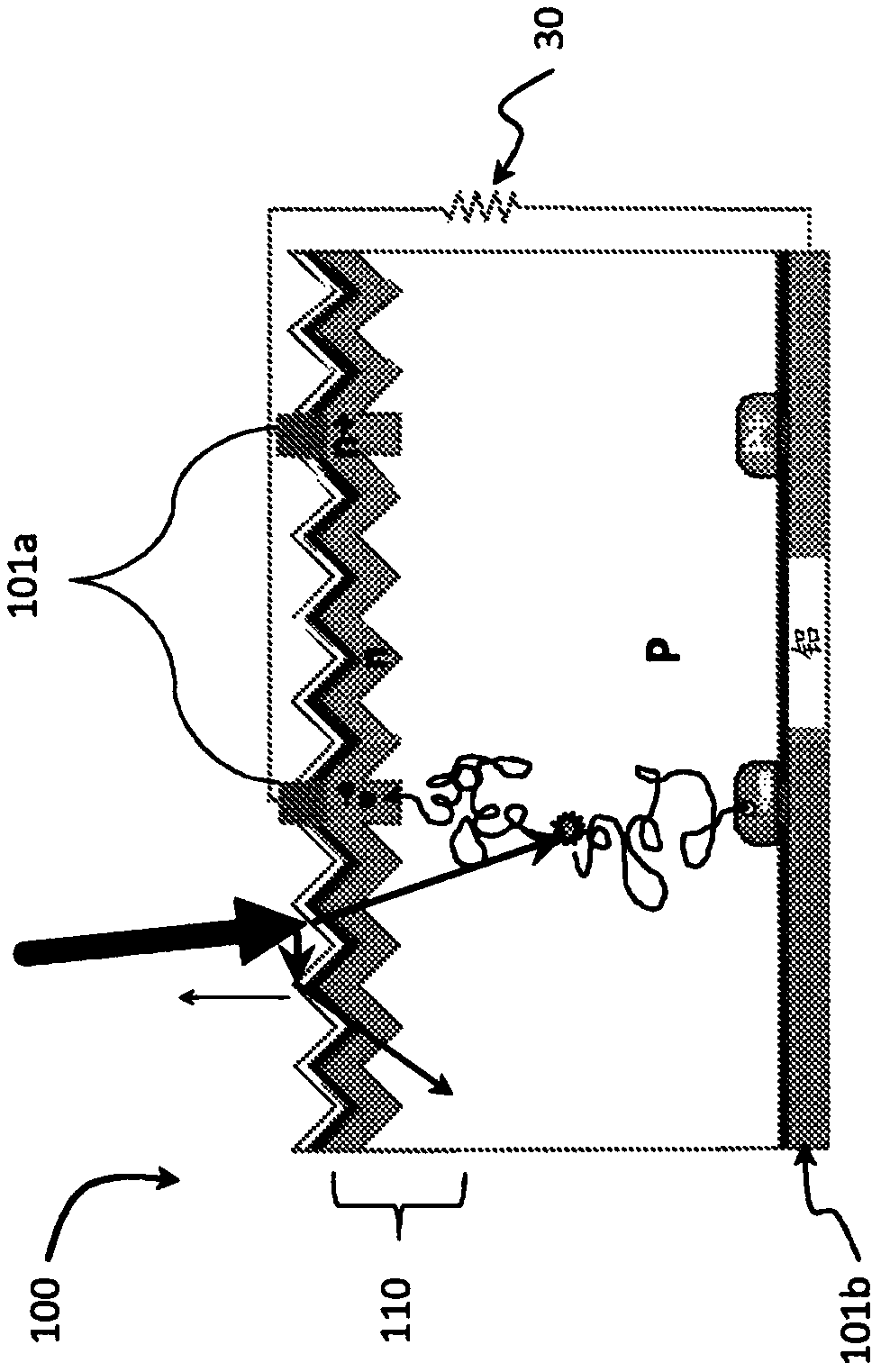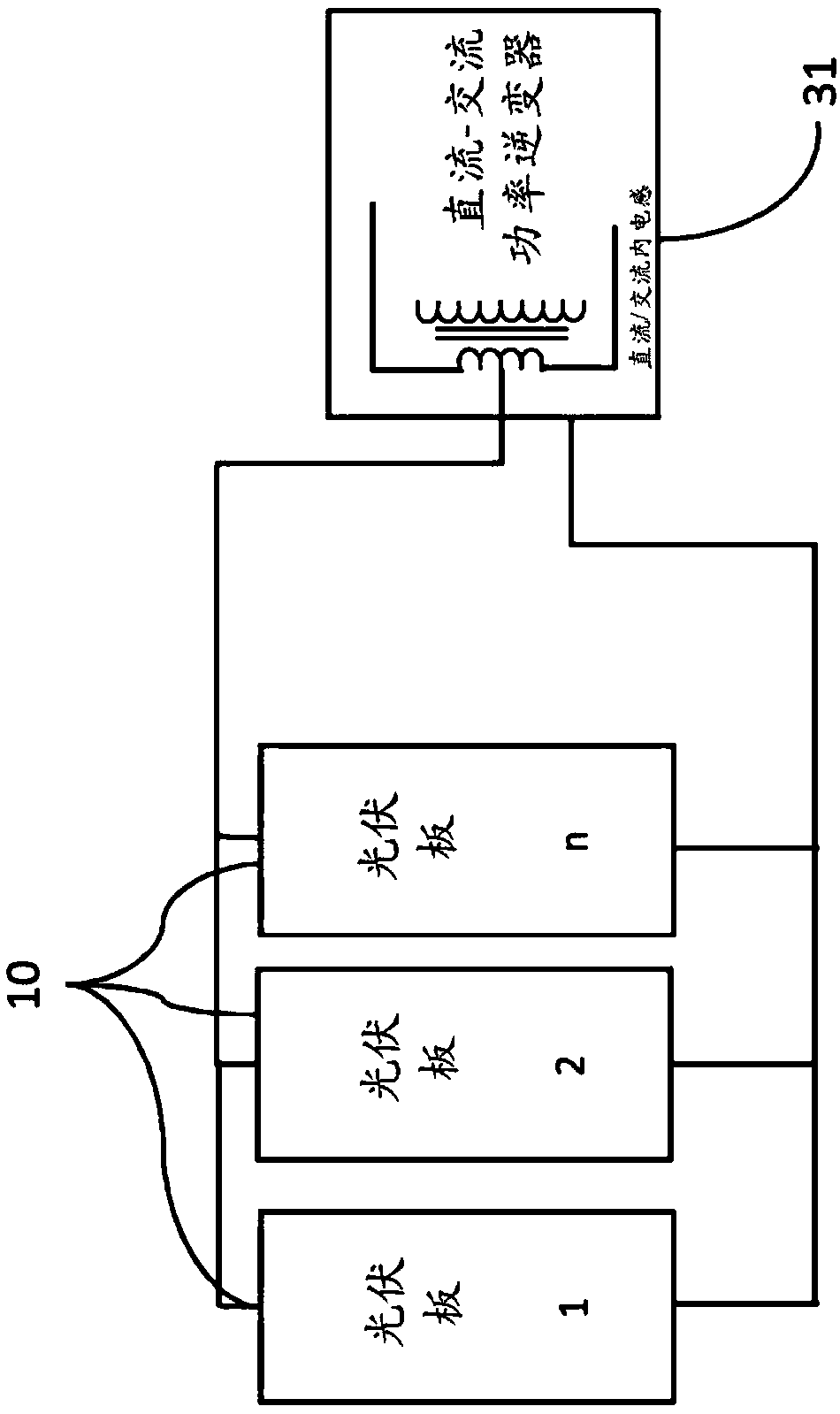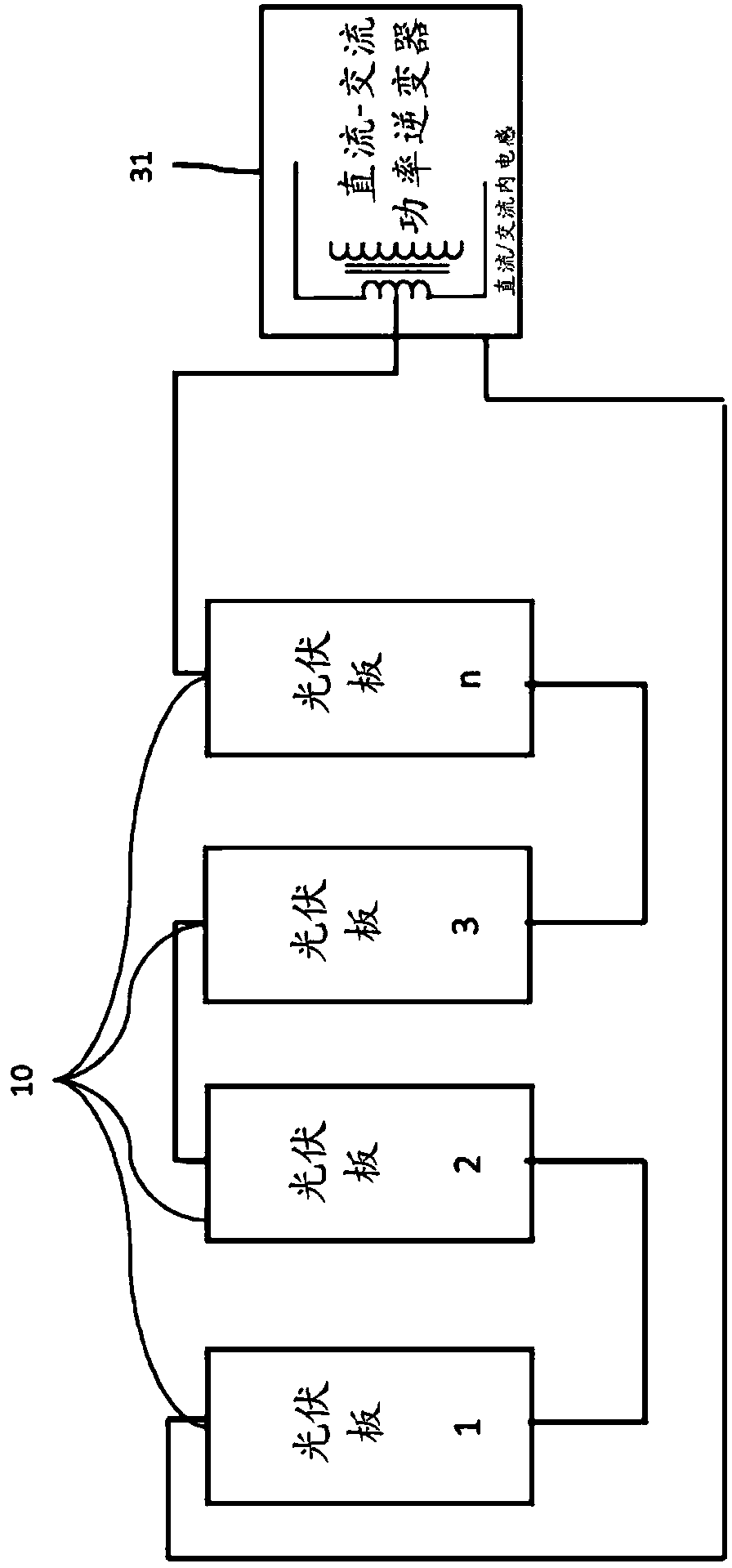Method and system for applying electric field to multiple solar panels
An external electric field and voltage technology, applied in the field of photovoltaic devices, can solve problems such as damage, the solar cell 100 affecting the power output of the solar cell 100, etc.
- Summary
- Abstract
- Description
- Claims
- Application Information
AI Technical Summary
Problems solved by technology
Method used
Image
Examples
Embodiment Construction
[0071] Since currently available solar cell systems cannot maximize the power output of photovoltaic cells, a solar cell system that increases the mobility of electron-hole pairs and reduces recombination currents in semiconductor materials may prove desirable, and Provides the basis for a wide variety of solar cell systems to increase the efficiency and power output of multiple solar cells configured as a solar panel. According to one embodiment disclosed herein, it is possible to image 3 A solar cell management system 300 is shown to achieve this result.
[0072] go to image 3 , the solar cell management system 300 is suitable for use with a wide variety of photovoltaic devices. In one embodiment, the solar battery management system 300 may be adapted for use with figure 1 The solar cell 100 shown is used together. For example, solar cell 100 may represent any suitable generation of solar cells, such as wafer-based crystalline silicon cells (first generation), thin-fil...
PUM
 Login to View More
Login to View More Abstract
Description
Claims
Application Information
 Login to View More
Login to View More - Generate Ideas
- Intellectual Property
- Life Sciences
- Materials
- Tech Scout
- Unparalleled Data Quality
- Higher Quality Content
- 60% Fewer Hallucinations
Browse by: Latest US Patents, China's latest patents, Technical Efficacy Thesaurus, Application Domain, Technology Topic, Popular Technical Reports.
© 2025 PatSnap. All rights reserved.Legal|Privacy policy|Modern Slavery Act Transparency Statement|Sitemap|About US| Contact US: help@patsnap.com



